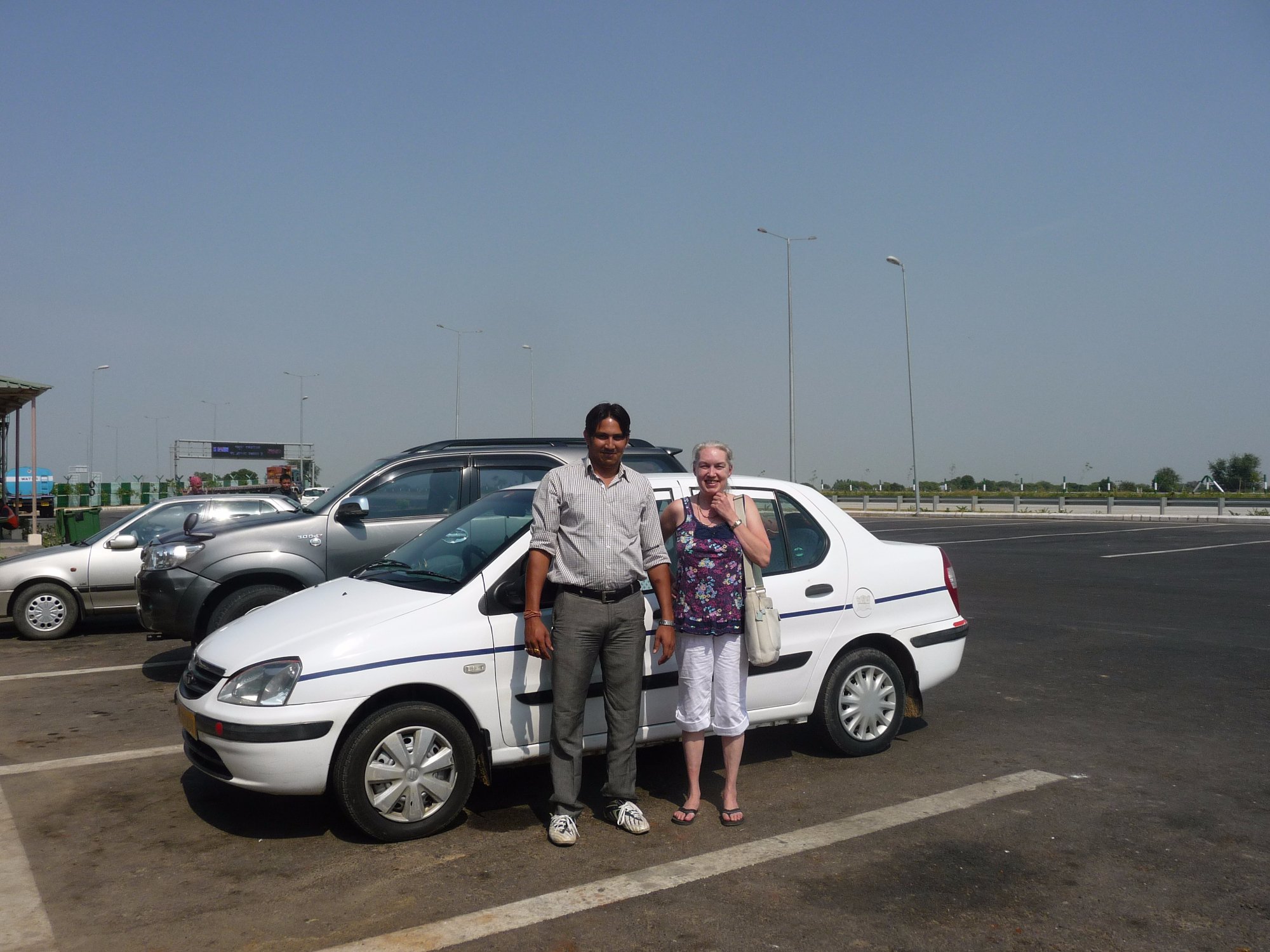India, renowned for its rich cultural heritage, diverse landscapes, and vibrant cities, stands as an alluring travel destination drawing millions of visitors annually. To ensure a seamless and enjoyable trip, thorough preparation is essential. This
guide will walk you through crucial aspects to consider before embarking on your journey to India.
Suggest First Time Trip to India: India Golden Triangle Tours
1. Cultural Sensitivity:

A. Local Customs and Traditions:
India's cultural mosaic is interwoven with myriad customs and traditions. A positive experience hinges on understanding and respecting local practices. Familiarize yourself with common greetings, gestures, and traditional rituals to engage respectfully
with the local population.
B. Appropriate Clothing Choices:

Given India's conservative social norms, dressing modestly is advisable, especially in religious or rural areas. Opting for comfortable and culturally appropriate clothing not only shows respect but also enhances your interactions.
C. Etiquette and Manners:
Politeness is highly valued in India. Learning basic etiquette, such as removing your shoes before entering someone's home, using your right hand for gestures, and avoiding public displays of affection, can significantly enrich your travel experience.
2. Health Precautions:

A. Necessary Vaccinations:
Consult your healthcare provider for recommended vaccinations before traveling to India. Common vaccinations include Hepatitis A and B, Typhoid, and routine immunizations. Ensure you plan your vaccinations well in advance of your departure date.
B. Common Health Concerns:
India's diverse climate and environment can pose health challenges. Be prepared for common issues like food and waterborne illnesses, respiratory infections, and insect bites. Packing a basic first aid kit and carrying necessary prescription medications
is advisable.
C. Food and Water Safety:

Exercise caution when consuming street food and tap water. Stick to bottled or purified water and opt for freshly cooked, hot meals. Avoid raw or undercooked foods, and consider carrying water purification tablets for added safety.
3. Travel Essentials:

A. Packing Tips Specific to India:
Pack lightweight and breathable clothing, comfortable shoes for exploring diverse terrains, and essentials like a power adapter, sunscreen, and a hat for sun protection. Carry a small backpack for day trips and keep important documents secure.
B. Currency and Money Matters:
Familiarize yourself with the local currency, carry a mix of cash and cards, and inform your bank about your travel dates to prevent card transaction issues. Exercise caution at ATMs and keep emergency cash in a separate, secure location.
While English is widely spoken in urban areas, learning a few basic phrases in Hindi or the local language can enhance your interactions. Consider installing translation apps for seamless communication and carry a local SIM card for affordable data
and calls.
4. Safety and Security:

A. Understanding Local Laws:
Research and understand local laws and regulations to avoid unintentional violations. Respect cultural norms and be mindful of restrictions in religious or sensitive areas. Awareness of your surroundings contributes to a safe and enjoyable trip.
Save local emergency numbers and contact information for your country's embassy or consulate. Share your itinerary with someone you trust and keep a copy of important documents, including your passport and travel insurance, in a secure location.
C. Safe Travel Practices:
Use reputable transportation services, be cautious with personal belongings in crowded areas, stay in well-reviewed accommodations, and trust your instincts. Seek advice from locals or authorities if unsure about a situation.
5. Transportation Tips:

A. Public Transportation Guide:
Familiarize yourself with India's extensive and cost-effective public transportation system, including trains, buses, and metro services. Book tickets in advance during peak seasons and be prepared for crowds.
Car Hire With Driver In India
B. Hiring Local Transportation Services:
When hiring local transportation, use reputable providers, agree on fares in advance, ensure the vehicle is in good condition, and prioritize safety over cost. Negotiate respectfully and confirm the route with the driver before starting your journey.
C. Navigating Traffic and Roads:
Exercise caution when navigating India's often chaotic traffic, especially in urban areas. Use designated crosswalks when available and be aware of local driving habits if renting a vehicle. Adhering to traffic rules ensures a safe journey.
6. Conclusion:
In summary, a trip to India can be an enriching and rewarding experience with proper preparation and cultural awareness. By understanding local customs, prioritizing health precautions, packing wisely, and embracing safe travel practices, you can
navigate this diverse country with confidence. Embrace the beauty of India while respecting its traditions, and your journey is sure to be memorable and fulfilling. Travel responsibly, and make the most of the incredible opportunities that await in this captivating
destination. Safe travels!